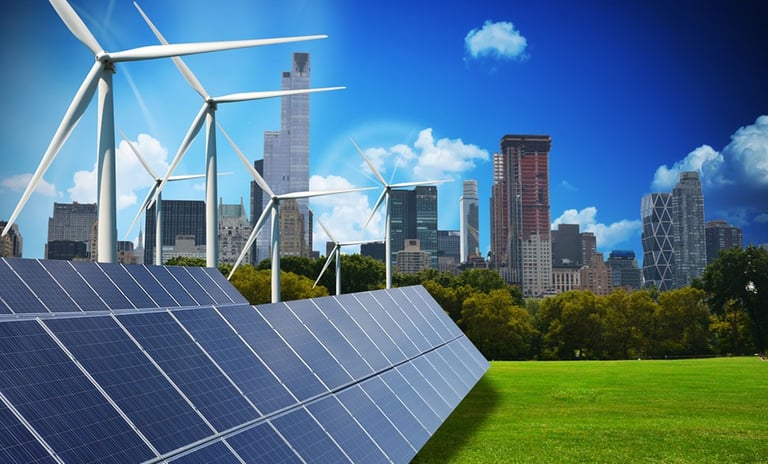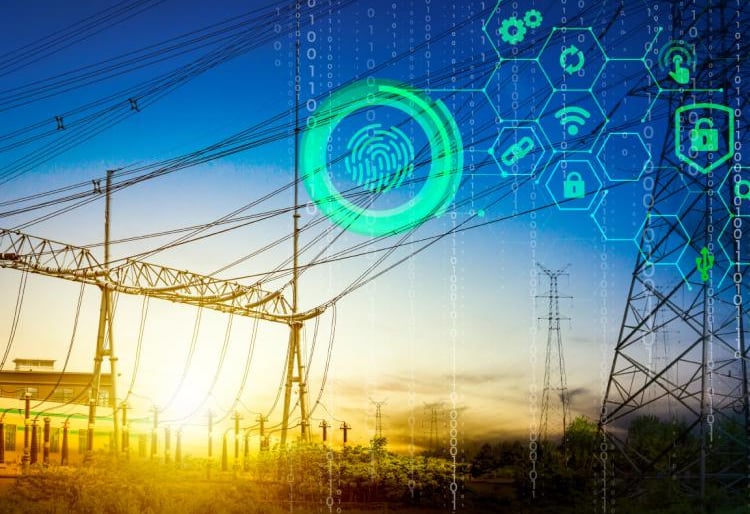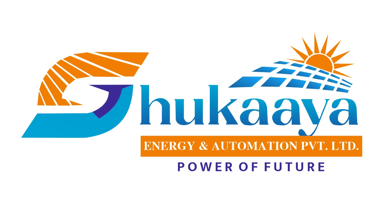
SERVICES
Wind energy is a renewable source of power that harnesses the natural force of the wind to generate electricity. It is a clean and efficient alternative to fossil fuels, as it produces no greenhouse gas emissions or air pollution. Wind turbines are used to convert the kinetic energy of the wind into mechanical energy, which is then converted into electricity through a generator. These turbines consist of large blades that rotate when the wind blows, capturing its energy. Wind farms, consisting of multiple turbines, are usually located in areas with strong and consistent winds, such as coastal regions or open plains. The energy produced by wind turbines can be used to power homes, businesses, and even entire cities, reducing our dependence on non-renewable energy sources and mitigating climate change.


01
Solar Energy


03
Energy Automation
Energy automation is the process of using advanced technology and systems to efficiently manage and control energy consumption. It involves the integration of various devices, sensors, and software to monitor and optimize energy usage in residential, commercial, and industrial settings. With energy automation, users can remotely control and schedule energy-intensive activities, such as heating and cooling systems, lighting, and appliances, to ensure maximum energy efficiency and cost savings. Additionally, real-time data and analytics enable users to identify energy wastage and implement strategies to reduce it. Energy automation plays a crucial role in promoting sustainability and reducing carbon footprint by minimizing energy waste and reliance on non-renewable sources. It offers numerous benefits, including improved energy management, reduced energy bills, and increased comfort and convenience for users.


04
Industrial Automation
Industrial automation is the use of technology and control systems to operate various industrial processes with minimal human intervention. It involves the integration of computer software and hardware to automate manufacturing, packaging, and other industrial tasks. By utilizing automation, industries can improve efficiency, productivity, and safety, while reducing costs and human error. This technology can be found in a wide range of industries, including manufacturing, logistics, and energy. Industrial automation systems can control and monitor various processes, such as assembly lines, material handling, and quality control. They can also collect and analyze data to optimize production and make informed decisions. With the advancements in robotics, artificial intelligence, and the Internet of Things, industrial automation is transforming the way industries operate, leading to increased competitiveness and innovation.
Shukaaya Energy & Automation Private Limited provides services in Energy and Automation areas
02
Wind Energy
Solar energy is a renewable source of power that is derived from the sun's rays. It is a clean and environmentally friendly alternative to fossil fuels, as it does not release harmful pollutants into the atmosphere. Solar energy is captured and converted into usable electricity through the use of solar panels, which are made up of photovoltaic cells. These cells absorb sunlight and generate an electrical current that can be used to power homes, businesses, and even vehicles. Additionally, solar energy can be used to heat water for residential and commercial purposes. With its abundant availability and infinite potential, solar energy has the capacity to revolutionize the way we generate and consume power, paving the way for a more sustainable future.


05
Solar Street Light
Solar LED street lights are a sustainable and energy-efficient alternative to traditional street lighting, utilizing solar energy to power LED lamps.
Here's a breakdown of their features, benefits, and considerations:
Components
Solar Panel: Converts sunlight into electricity via the photovoltaic effect. Available in monocrystalline (higher efficiency, higher cost) or polycrystalline (lower cost) options.
Rechargeable Battery: Stores the energy generated by the solar panel for nighttime use. Common types include lithium-ion, LiFePO4, or lead-acid batteries, with lithium-based options offering longer life and lower maintenance.
LED Lighting Fixture: Provides illumination, chosen for its energy efficiency and long lifespan compared to traditional options like CFL or sodium vapor lamps.
Charge Controller: Regulates the flow of electricity between the solar panel, battery, and LED light. Protects against overcharging and deep discharge, and can optimize lighting performance through features like dimming or motion detection. PWM or MPPT controllers are commonly used.
Pole: Provides support for the solar panel, battery, and lighting fixture, typically made of durable materials like galvanized steel or mild steel.
Interconnecting Cables: Connect the various components, typically minimal due to the integrated nature of many solar street light designs.
Types
All-in-One: All components (solar panel, battery, LED light, and controller) are integrated into a single compact unit.
Integrated (or All-in-Two): Solar panel is separate, while the battery and luminaire are integrated into one unit. In some cases, the battery may also be housed in a separate box.
Split (or Off-Grid): Solar panel, battery, and LED light are mounted separately on the pole or in different locations.
Benefits
Energy Efficiency & Cost Savings: Powered by renewable solar energy, reducing electricity consumption and utility bills.
Environmental Friendliness: Reduced reliance on fossil fuels and minimal carbon emissions contribute to a greener environment.
Easy Installation & Maintenance: Less wiring required than traditional street lights, simplifying installation. Minimal ongoing maintenance is needed, mostly involving cleaning and occasional battery checks.
Enhanced Safety: Provides consistent lighting, improving visibility and safety for pedestrians and drivers.
Reliability & Durability: Designed for long lifespans and can function even in off-grid or remote areas, and harsh weather conditions.
Smart Features: Many modern systems incorporate features like motion sensors, dimming options, and remote monitoring for optimized performance and energy management.
Maintenance
While solar street lights are designed for low maintenance, regular upkeep is essential for optimal performance and longevity.
Cleaning: Regularly clean the solar panels to remove dust and debris that can hinder sunlight absorption.
Battery Check: Periodically inspect batteries for corrosion or leaks and test performance to ensure efficiency.
Light Fixture & Wiring Inspection: Check for damage, wear, or loose connections, and address any issues promptly.
Sensor Check: Inspect sensors (if equipped) to ensure they are clean and functioning correctly.
Seasonal Adjustments: Consider seasonal maintenance needs, such as clearing snow and ice in winter or adjusting panel tilt for optimal sunlight absorption.
Note: Always consult the manufacturer's guidelines for specific maintenance recommendations and consider hiring professional maintenance services when needed.
